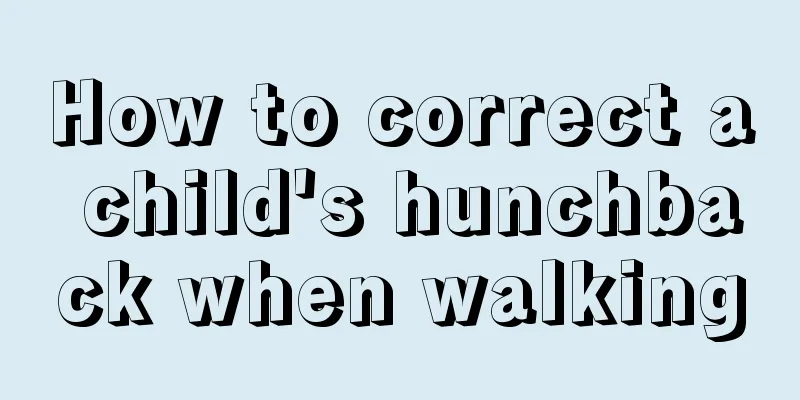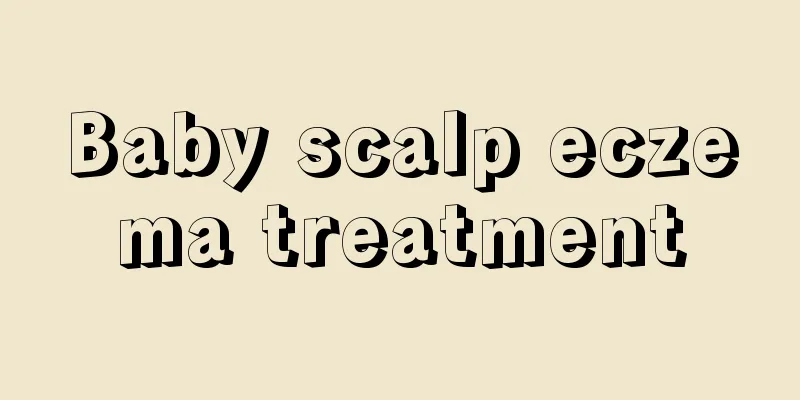Strabismus surgery for children

|
When we look at something, our eyes look straight ahead, the eyeballs will turn back and forth with the direction of the object, and the body will also adjust according to the object. However, many parents have found that their children have been tilting their eyes to look at things recently, thinking that there is something next to them, but in fact there is nothing in the direction they are looking. Although children with strabismus look to one side, they are actually looking in the middle. Strabismus requires treatment. Let's take a look at the introduction of strabismus surgery. Pediatric strabismus surgery refers to surgery performed under general anesthesia for children under 10 years old, while local anesthesia is used for children who are able to cooperate and over 11 years old. A trapezoidal incision is made at the limbus, and the bulbar conjunctiva is cut about 4 to 5 mm parallel to the limbus 1 mm away from the limbus. Then the bulbar conjunctiva is cut from both ends toward the dome, and the subconjunctival tissue and fascia are separated. The conjunctival flap is lifted to fully expose the muscle. The muscle sheath should be kept intact, so that the field of vision is wide and the operation is convenient. Strabismus surgery for children For partial accommodative esotropia, those who still have a deviation of more than 12Δ after wearing glasses for 3 to 6 months are all candidates for surgery. The surgical principle is to decide on the surgery based on the AC/A ratio, the size of the fusion force and the amount of internal deviation. However, the surgery must be performed on the degree of internal deviation measured while wearing fully corrected hyperopia glasses. If the AC/A ratio is high and the fusion force is low, a posterior extension of the medial rectus muscles of both eyes will be performed; otherwise, a shortening of the lateral rectus muscles of both eyes will be performed. For monocular esotropia, the medial rectus muscle posterior extension and lateral rectus muscle shortening of the strabismic eye are performed. For patients with a large degree of esotropia, due to consideration of the convergence function, in addition to posteriorizing the medial rectus muscles of both eyes by 5-6 mm, the main surgical approach is a combined shortening and anteriorizing of the lateral rectus muscles. Generally, it can correct 70Δ~90Δ degrees. For intermittent exotropia and constant exotropia, the surgical method is selected according to the three types of exotropia (excessive abduction type, insufficient convergence type and basic type). For the excessive abduction type, the lateral rectus muscles of both eyes are extended posteriorly, and the insufficient part is shortened by the medial rectus muscles. In the convergence insufficiency type, the medial rectus muscles of both eyes are shortened, and the insufficient part is treated by posterior extension of the lateral rectus muscles. The basic type is generally based on monocular asymmetric surgery. AV sign strabismus, while correcting horizontal strabismus, the medial and lateral rectus muscles of both eyes are vertically displaced, with the medial rectus muscle displaced toward the closed end of the A sign or V sign, and the lateral rectus muscle displaced toward the open end of the A sign or V sign. The up and down displacement is determined by the size of the AV sign, usually 5mm~10mm. The purpose of congenital superior oblique paralysis is to correct the compensatory head position. If the inferior oblique muscle is hyperfunctional, inferior oblique muscle weakening surgery is performed. For lateral rectus paralysis, the medial rectus muscle is posteriorly ligated and the lateral rectus muscle is ligated with the superior and inferior muscles. For hypertropia, the superior rectus muscle is posteriorly corrected. If the posterior correction of one rectus muscle is insufficient, the direct antagonist muscle is strengthened. Indications for strabismus surgery in children We believe that congenital strabismus or congenital paralytic strabismus should be corrected surgically as early as possible, which will help restore children's stereoscopic vision. If the eye position is not corrected early, it will cause irreversible damage to the development of stereoscopic vision. For accommodative esotropia or partially accommodative esotropia, fully corrective glasses should be worn first. Children whose strabismus is unstable after wearing glasses should be waited and observed, and surgery should be performed after their strabismus is stable. The degree of strabismus should be measured while wearing glasses during surgery. Patients with intermittent exotropia, poor binocular vision, or abnormal retinal correspondence should undergo surgical correction as soon as possible. Age of surgery for strabismus in children We believe that there is no hard and fast rule for surgical age. As long as the surgical conditions are met, surgical treatment should be performed as early as possible. However, younger children are often unable to cooperate well with pre- and post-operative examinations, so sometimes the examination results may not be completely reliable and should be checked repeatedly. |
<<: Is it okay for children to have pit and fissure sealing?
>>: What are the secondary sex characteristics of boys?
Recommend
Symptoms of drug overdose in babies
Children are a special population because the inc...
What are the reasons why children are lonely?
Many parents hope that their children are extrove...
How much milk should a full-month baby have?
The growth of babies will be of concern to every ...
Baby has diarrhea and anal ulcer
If the baby has diarrhea and anal skin is broken,...
How to prepare nutritious meals for young children
Every parent hopes that their children can grow u...
Can newborns use shower gel and shampoo?
Generally speaking, most adults will use shower g...
The reason why the whites of children's eyes turn blue
For young mothers, if they suddenly see their chi...
Can eight-month-old babies eat sweet potatoes?
Many people like to eat sweet potatoes. Sweet pot...
A complete nutritional recipe for two-year-old children
During the growth and development period of child...
Education of babies before the age of three
The education of babies before the age of three i...
What to eat for a one-year-old baby with anemia
Anemia in a one-year-old baby will cause many sym...
What are the methods for treating rhinitis in children?
The prevalence of rhinitis is gradually increasin...
What should I do if my four-month-old baby falls off the bed?
When the baby is about three months old, some par...
Why does a one-month-old baby’s legs shake?
Generally speaking, a baby's physical fitness...
What is the baby cough remedy
A baby's cough is not a minor illness. The ba...









